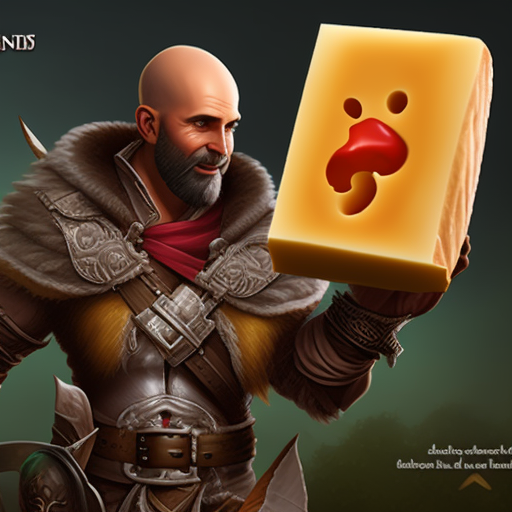DALL-E 2 from OpenAI is set to wind down. A pieces written Benj Edwards at Ars Technica shared the sense of wonder at the time when DALL-E 2 was release. We too felt the same sense when first exploring the world AI art. Only with was with Stable Diffusion using Automatic1111’s WebUI.

For those that don’t know, DALL-E 2 was one of th first AI models that could create relatively photo realistic images on demand based on just text descriptions. Developed and launched in April 2022, it was groundbreaking for its time, but has since been surpassed by DALL-E 3.
It marked a significant advancement in the field of AI image synthesis. With the introduction of the Transformer model by a group of Google researchers, this technology went beyond previous methods of generating art. It allowed each user to type a description of what they wanted to see, and a matching image would appear as a result.
Art community around early AI days
During the early days following the launch of DALL-E 2, the community was immersed in exploring what this new technology had to offer. Artists experienced a sense of exhilaration, novelty and creativity as they navigated through this imaginative style of art. This unleashed new practices and avenues for artists to explore such as processes that were based around dialog and suggestion.
Despite all this novelty revolving around AI, there emerged some concerns in the art community in regards to AI-generated imagery. These involved the project’s software technologies automatical extraction of aesthetics, iconography, and artistic integrity from images, for analysis and further use. Questions were raised on how this was impacting the overall art culture, and how it puts certain human creative endeavors and theories in jeopardy of being superceded by algorithms.
However, these controversies revolved around the fact that AI technology tends to misconstrue the human user’s purpose while creating artwork, and this grounding in human creativity and cognition tends to breakdown as the scale increases. Despite many concerns around the application of AI-generated art, given the history of human innovation and interaction with art, one can suppose that concerns revolving such technologies will only subside as the future of AI-generated art matures.
Benj’s blog is definitely worth a read if you want a better sense of the emerging creative process with AI art.
The building tension
While artists were exploring, many ethical question began to emerge. Notably, the interaction between AI and artists brought the issue of copyright into the spotlight. We touched on this issue in our AI-assisted essay about AI art. As seems to be the norm, technology is challenging our views on digital ownership. Can we really own an idea? Should we own ideas? Copyright seems to be the major tool with which we help protect entrepreneurs and companies looking to create a business model from their ideas.
For now, the the US Copyright Office and court decisions both agree that purely AI-generated images cannot receive copyright protection. Surely, to copyright something, one must add enough value that it makes it worth copyrighting in the first place. And since AIs are not (yet) considered entities with agency, it seems reasonable that a simple prompt to create an image through a transformer might not be worthy of copyright. But then, when it comes to a industry filled with subjective views, some abstract art might fail that test of worthiness.
The advent of AI-generated art elicited mixed responses: some artists saw them as illegitimate and encroaching on their income, others as opportunities to explore new realms of creativity. This dichotomy is stirring up contentious debates.
The future of AI art
However, ready or not, technology forges forward. The transition from DALL-E 2 to DALL-E 3 presented new possibilities in the field of AI-generated imagery. DALL-E 3 will provide higher quality images, improved prompt adherence, and image editing tools. However, some believe that it was the imperfections of DALL-E 2 that brought the magic. We’d tend to agree, as “flawless” generations of images can sometimes bring a sense of disappointment, while the strange surrealistic images pique interest or given it a sense of humor (interesting choice of words there).
To wrap up, as with many disruptive endeavors, the new world of AI-generated art brings many new interests, tools, and challenges. It’s exciting times, fans, I’d keep my eyes open for this space in the years to come.
